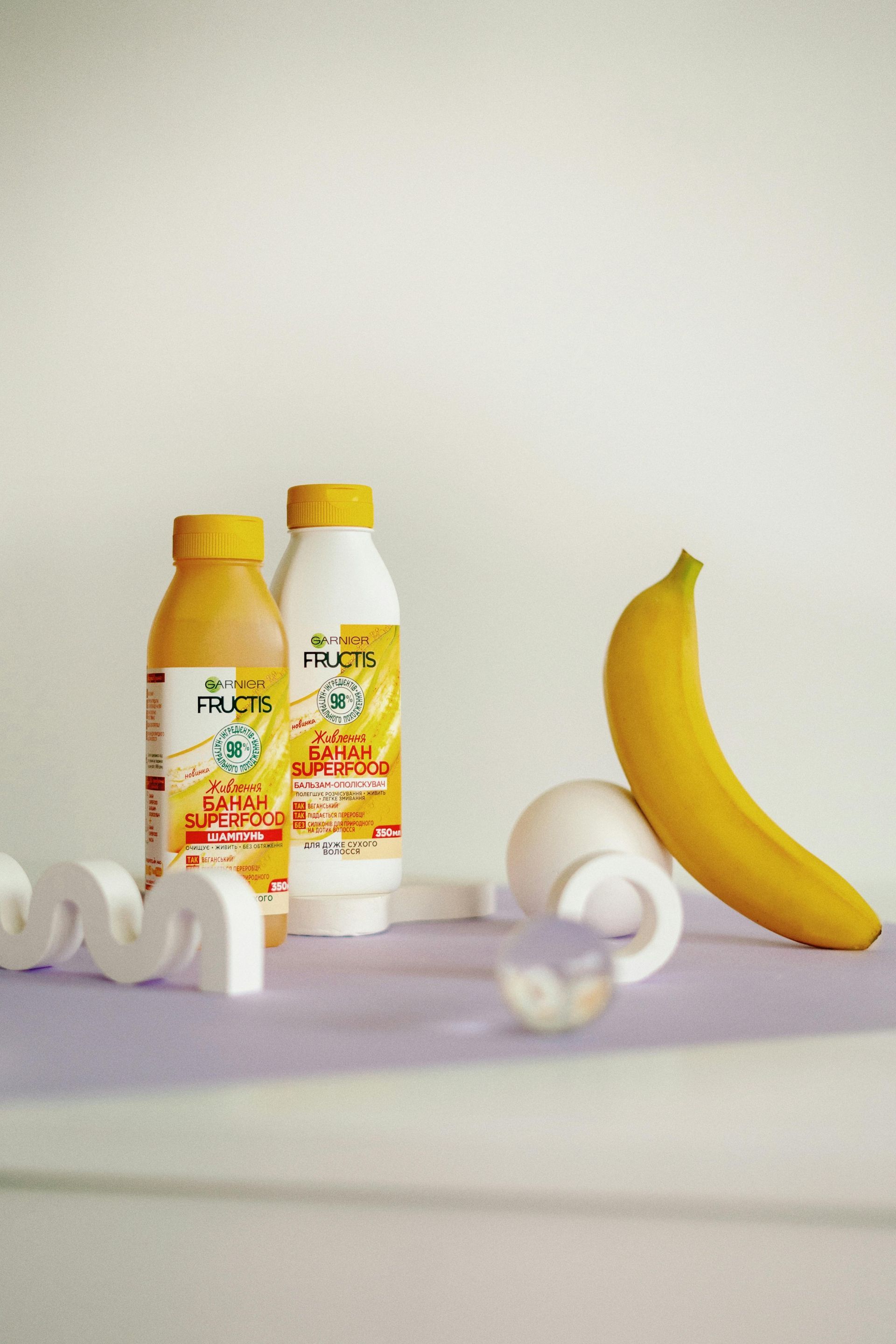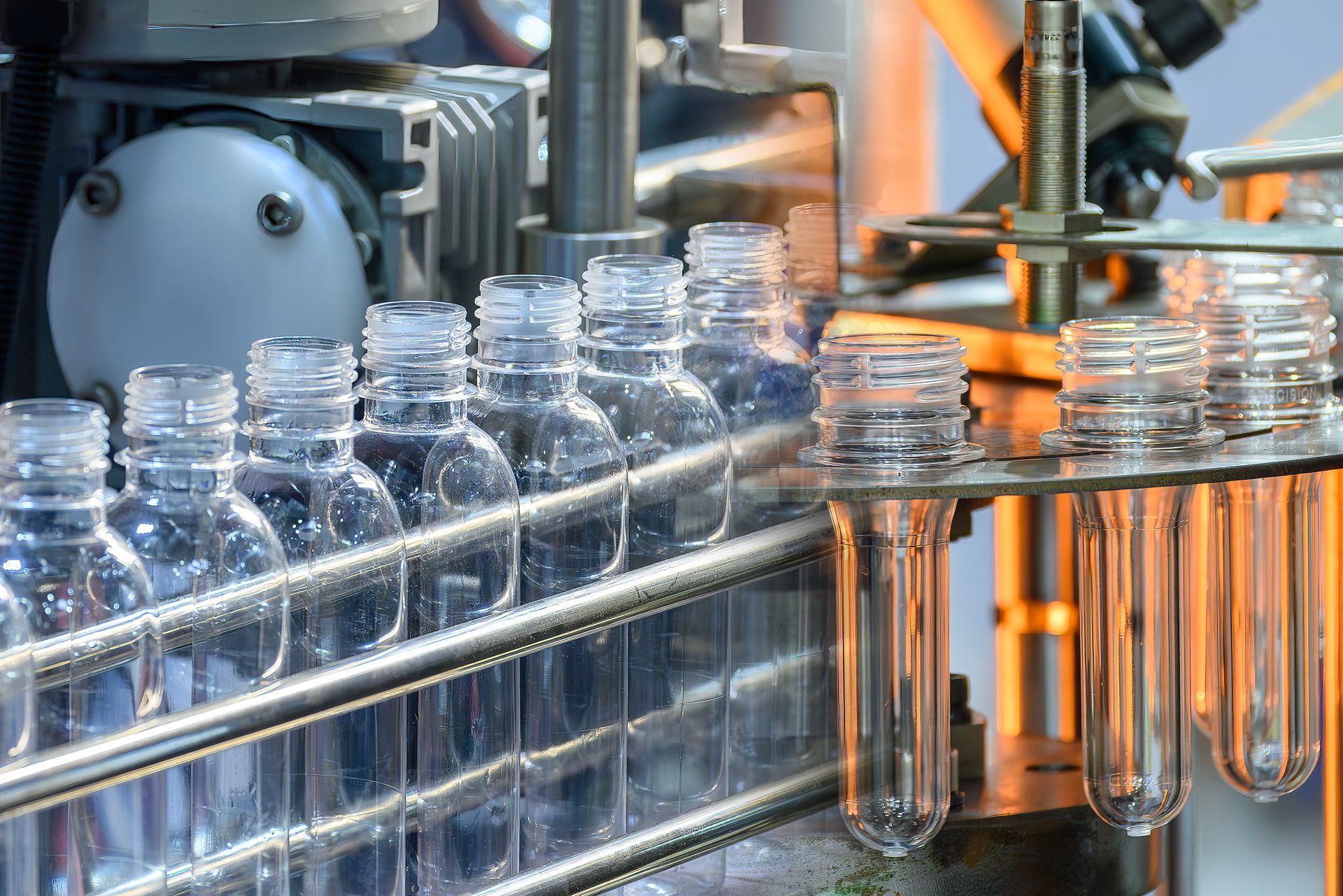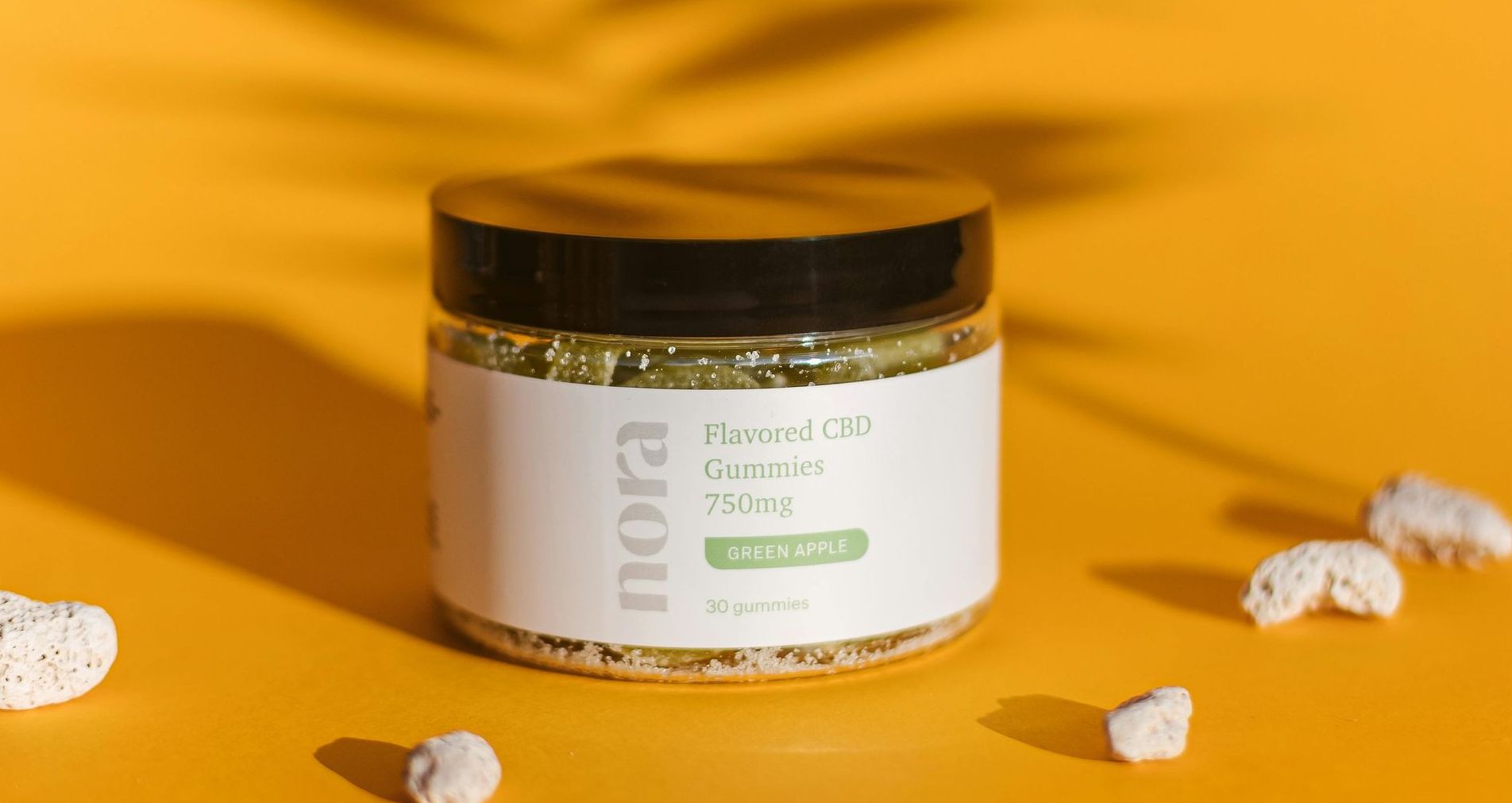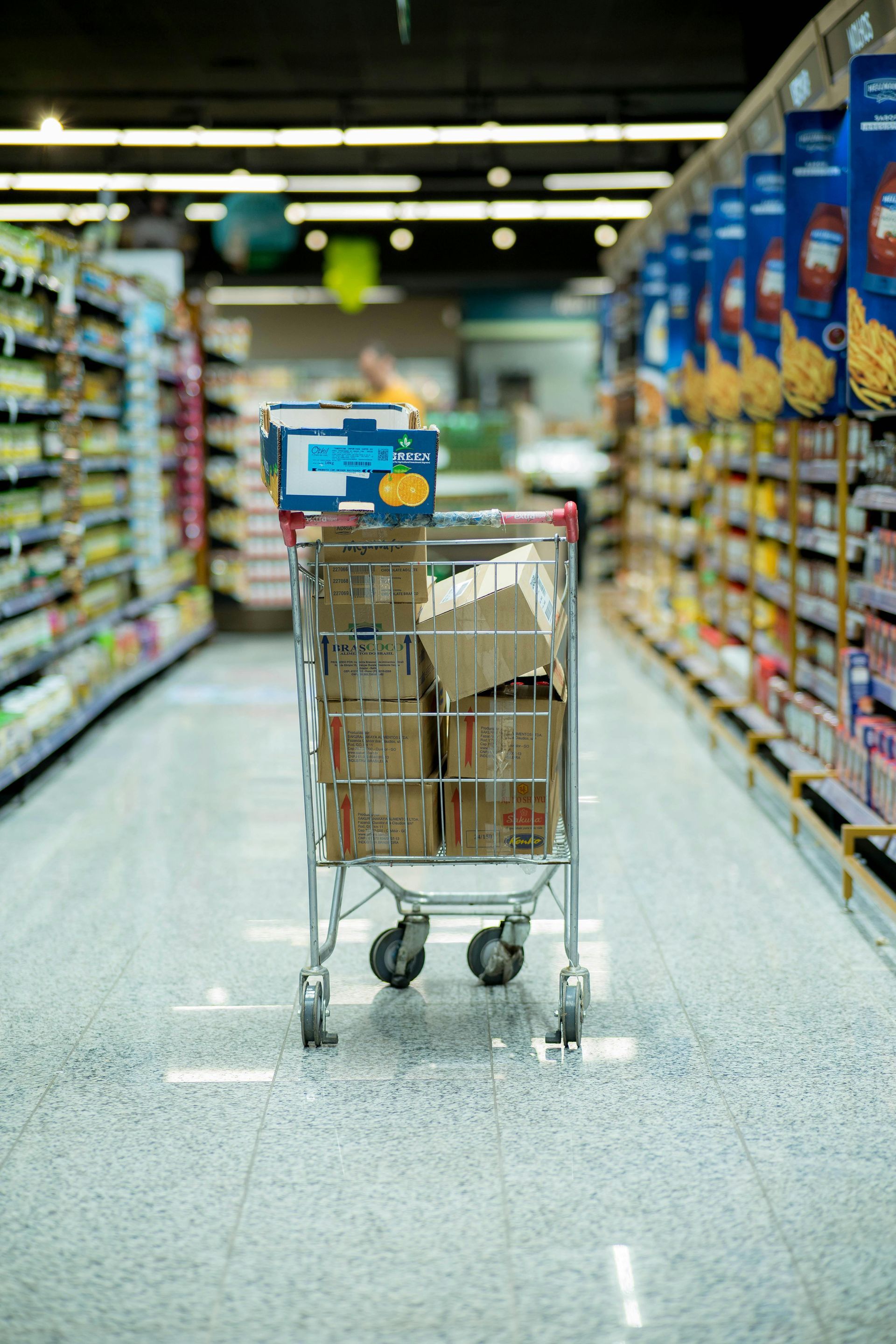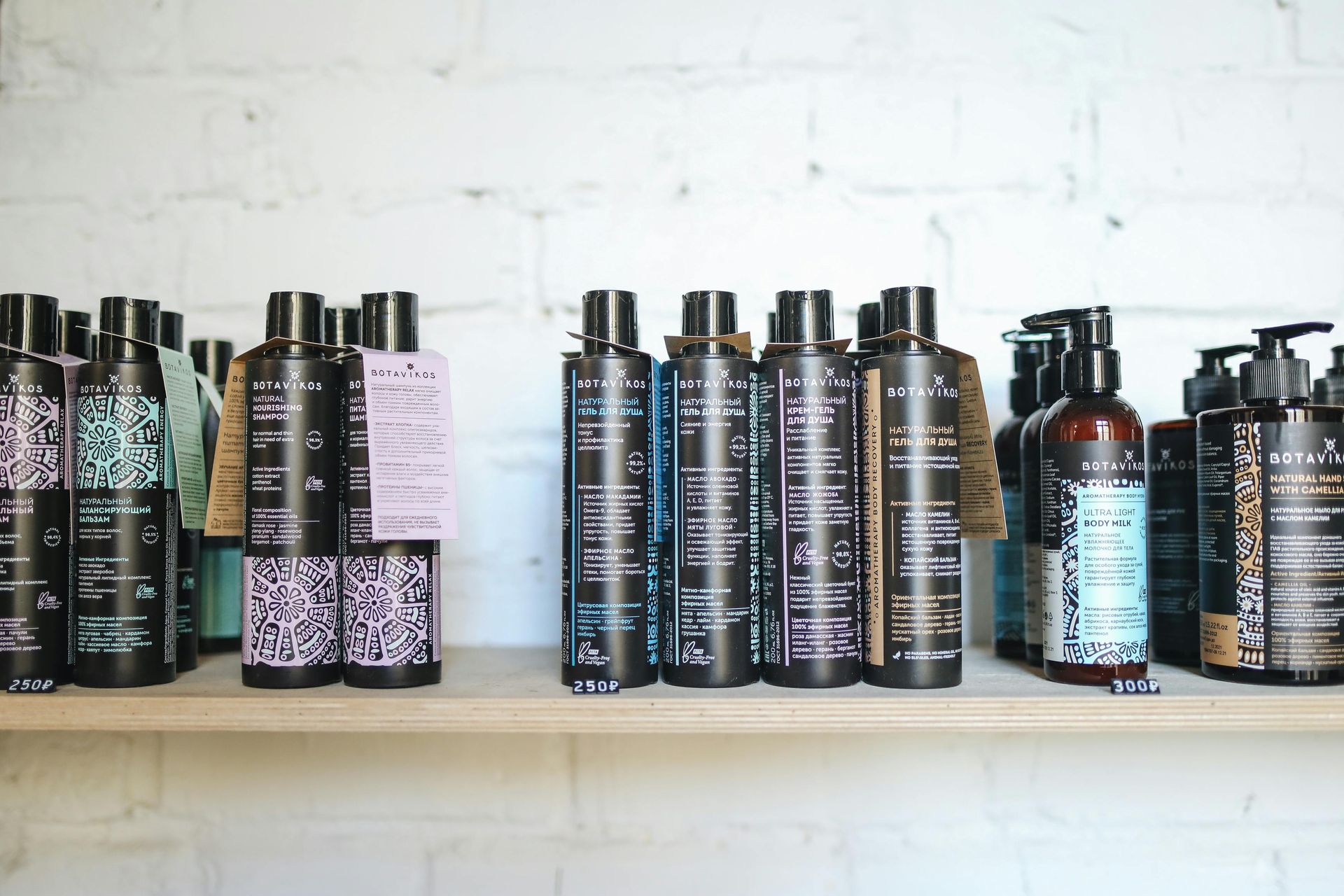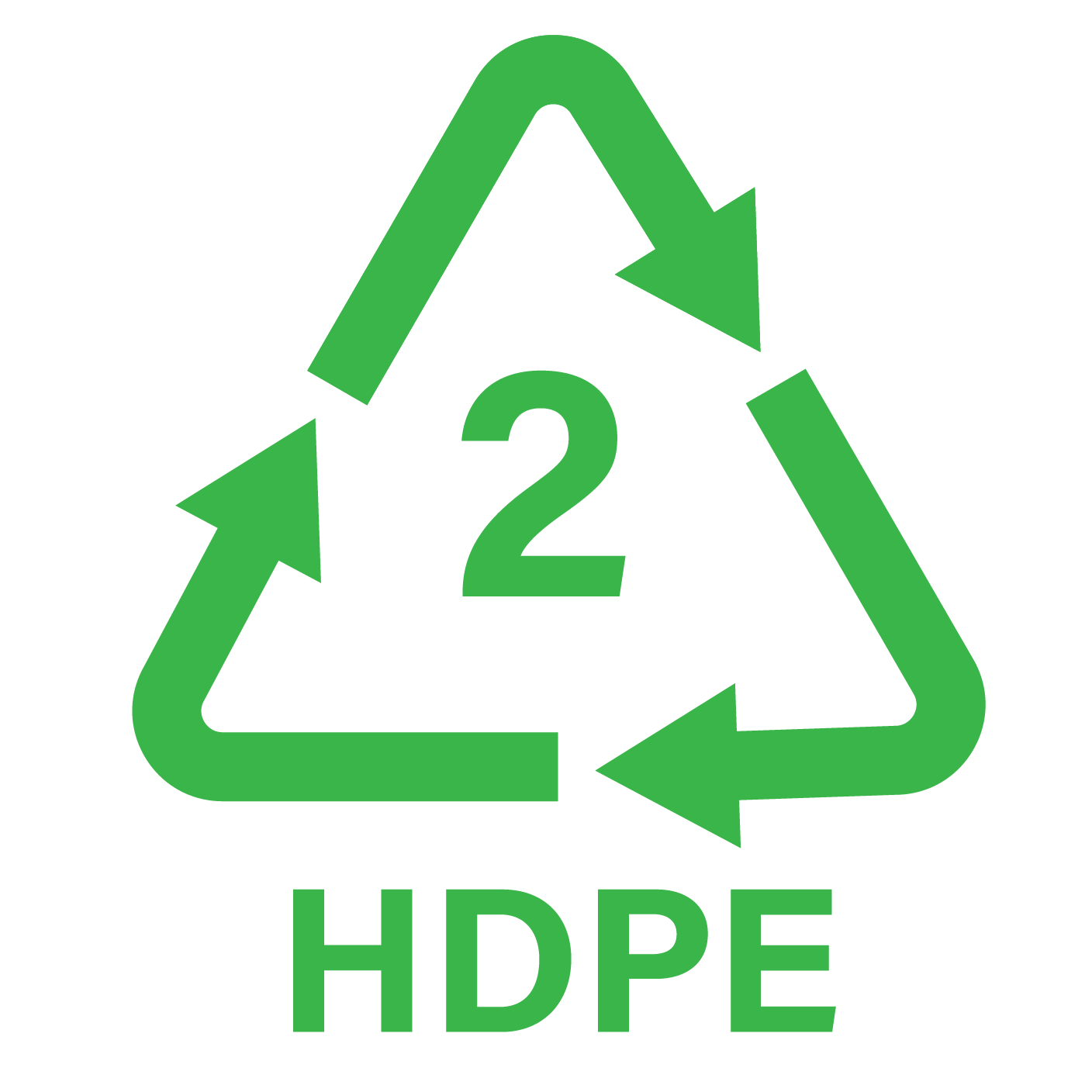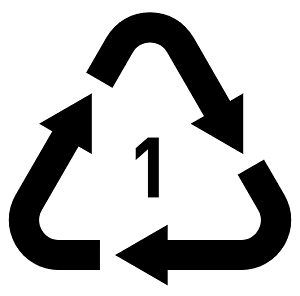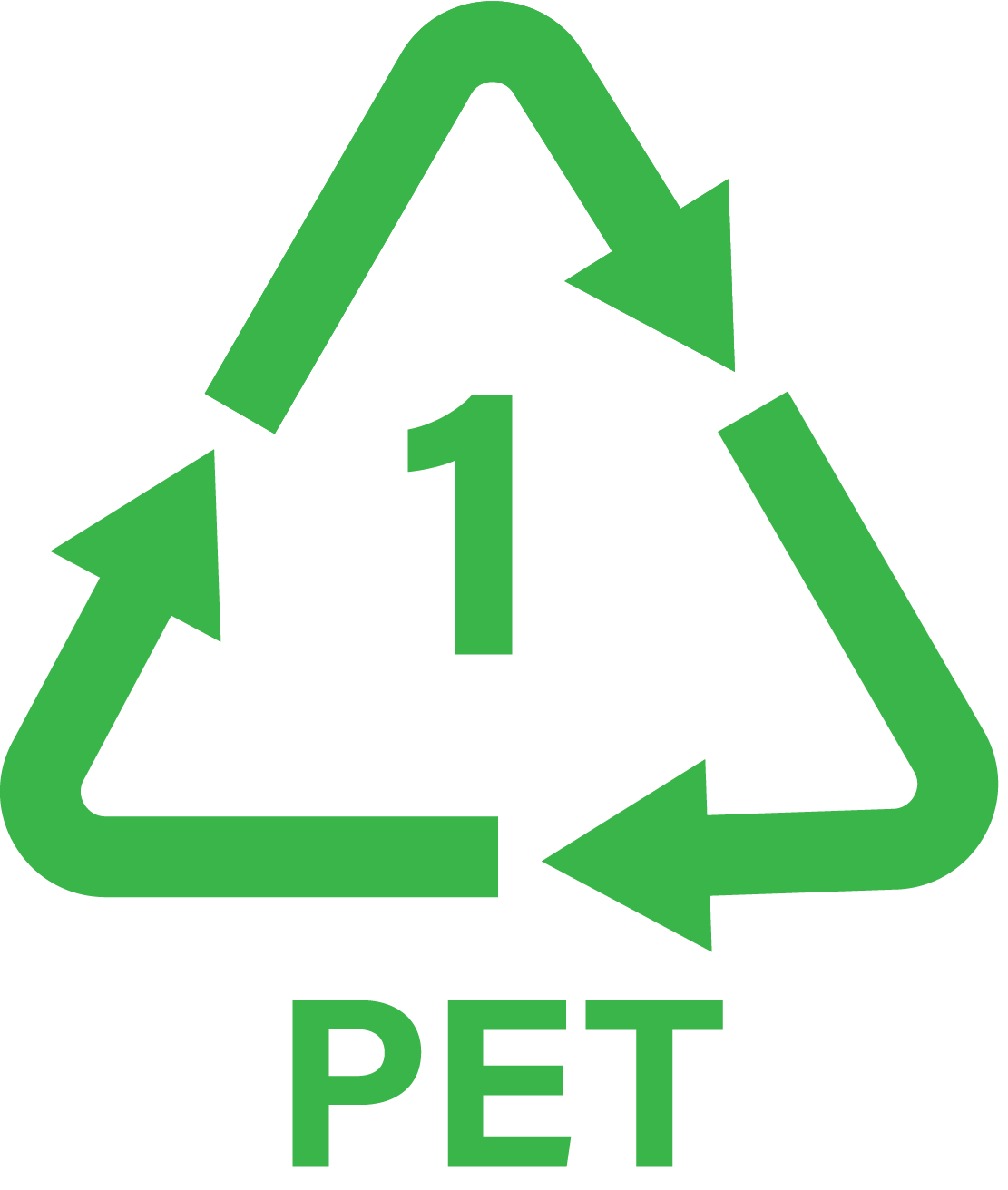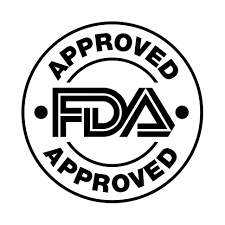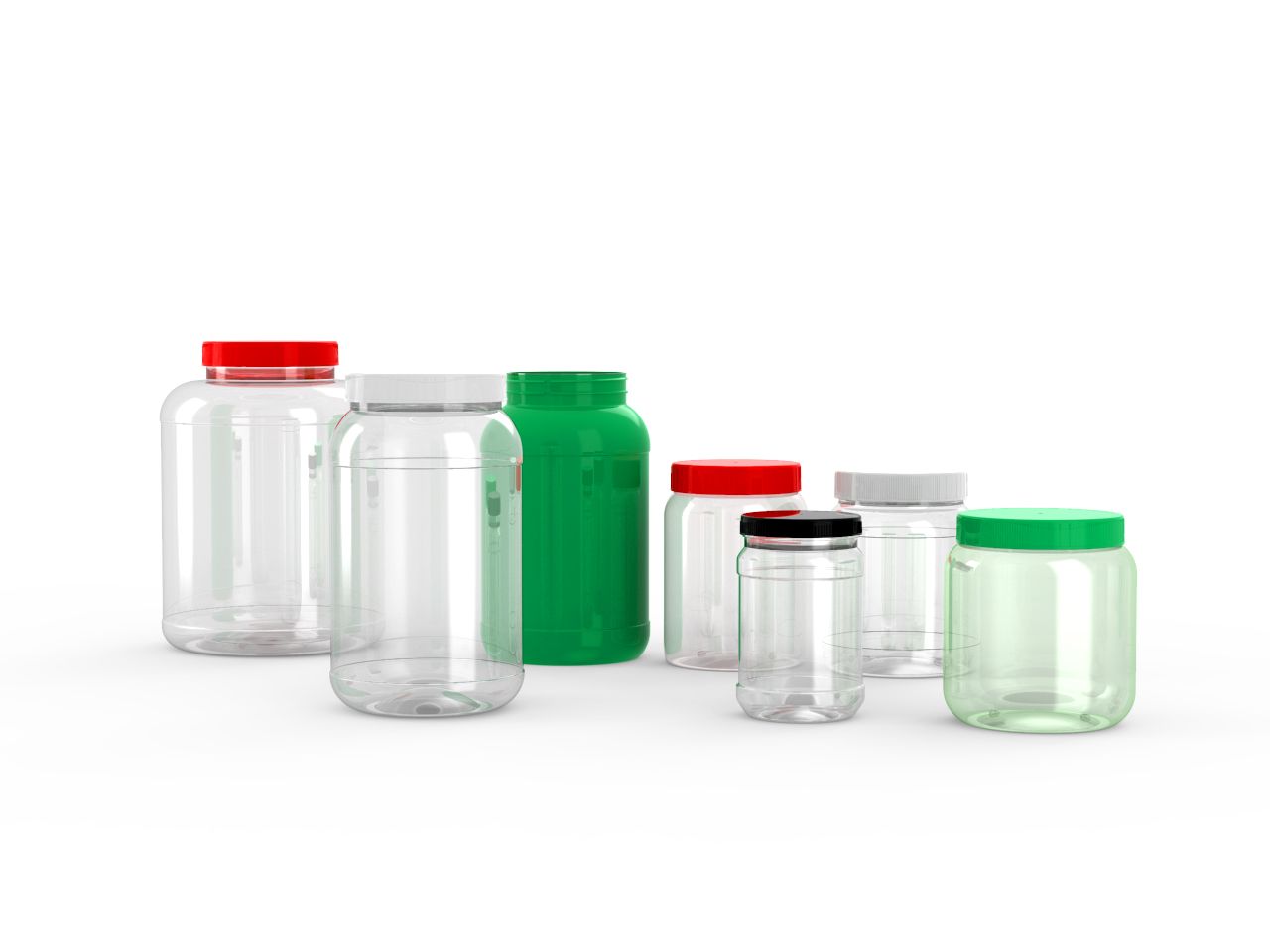Are Single Use Plastic Bottles Really Single Use?
Sustainability & Plastic Packaging 🌎
Single use plastic has definitely dominated headlines alongside environmental concerns, and driven initiatives to reduce their usage. As consumers we have become more accustomed to the many innovative and applauded solutions to cut down on single use plastic, one example could be the biodegradable or edible straws we may find at our local coffee shops. The question or misconception we put forth in this article, and as titled - are single use plastic water bottles really single use?
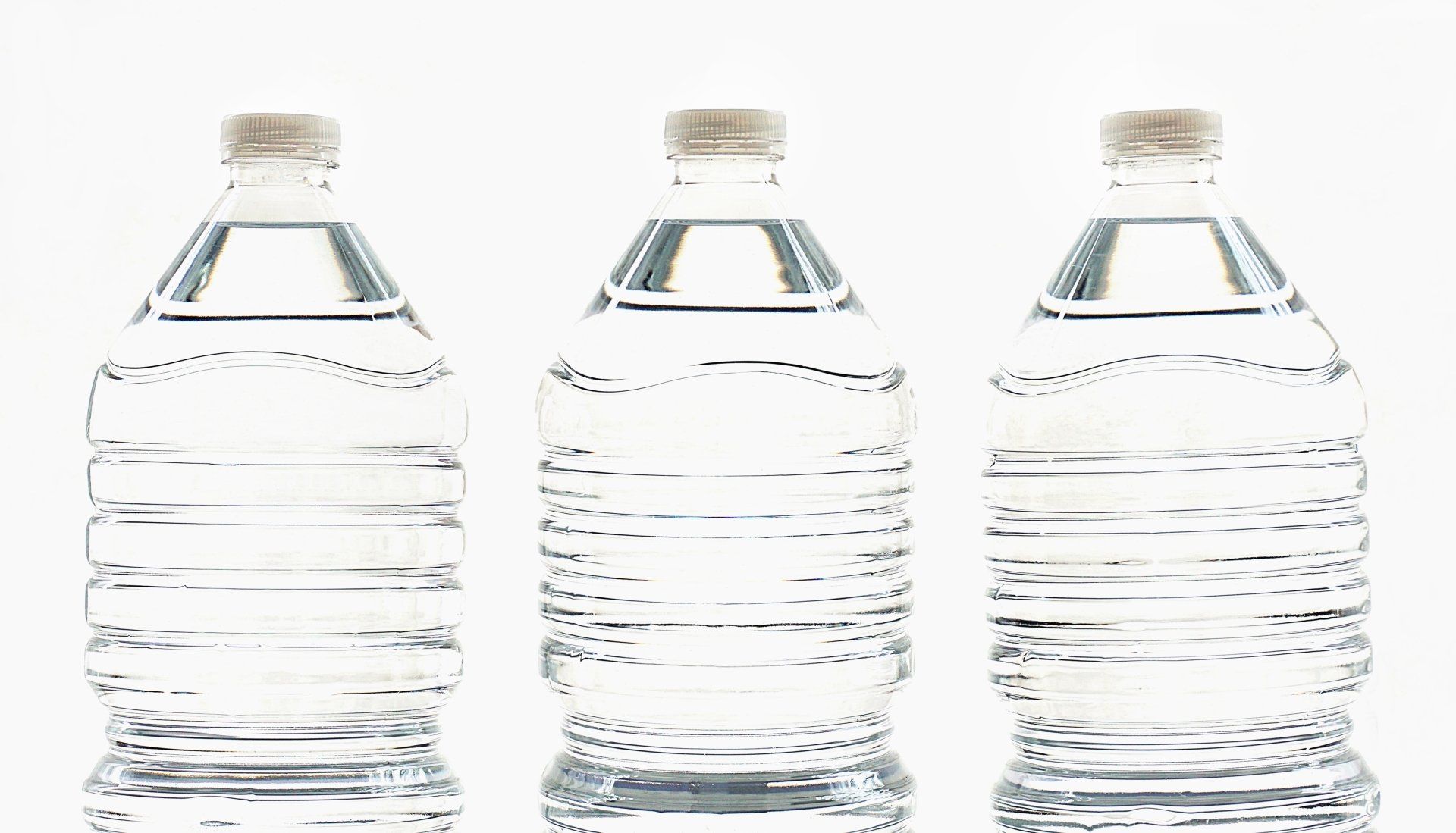
'PET accounts for 78.8 percent of plastic water bottles, PC for 12 percent, and HDPE for 9.2 percent.
Polyethylene terephthalate (PET) plastic, easily identified by the #1 recycling code on or near the bottom of the container, is probably the bottled water packaging material most people recognize'(1)
ALL of these plastics, PET, PC (Polycarbonate) and HDPE are 100% recyclable in all of there forms, and of course without PET, there would be no rPET which is made by recycling PET bottles, jars and containers. The majority of consumers do truly care about the global environment, and most households recycle packaging where the means to do so is available, it is usually collected by local governments - so it must be the case that ensuring proper disposal options, collection, sorting and recycling of plastic water bottles, and other containers be at least part of a sustainable solution to plastic pollution issues that are affecting our planet, and the species that occupy it.
Pushing for improved waste management and legislation to improve the collection and recycling methods of plastic bottles and packaging is clearly the way forward in addressing environmental issues. We could also argue that practicing a sustainable methodology to plastic contributes to the circular economy, furthermore - having increased collection, sorting and recycling of materials would facilitate further job creation and benefit the economy within our communities.
Shifting Conceptions Between the Use of Glass and Plastic Packaging for Water & Juice Bottles
Many misconceptions about packaging and the environment have formed over the years, and we should indeed champion re-using packaging where we can, whether that is repurposing for another use or recycling virgin materials into new packaging or products. Glass packaging is often favored by brands looking to present a certain appeal to consumers, yet the shipping of the material and disadvantages to the environment and human health within the recycling process is too often not considered or researched correctly, and before choosing brand packaging. We may use the brand example of Snapple, and why they switched from glass to plastic bottles, by Snapple's own estimates, their new bottle requires 75% less energy to create and reduces the need for 600 million new bottles each year.
Most of us are probably aware that 'currently, U.S. reclaimers and waste management systems send a large volume of plastic to landfills, even when attempts at proper recycling are made.' (2) Many states are however if not already putting in place better collection and recycling practices, and have legislated for percentages of recycled material to be used for new packaging, we thankfully see this trend increasing.
Globally, 'South Korea and Germany have the highest recycling rates in the world. Estimates show Germany (65%), and South Korea (59%), are leaders around the world when it comes to the percentage of their waste composted or recycled. These percentages were collated by the OECD'(3) What can we learn from them?
In review, can we really tar all plastic packaging with the same brush? Should we re-consider our view towards plastic water bottles and other plastic packaging? A sustainable future will look like better legislation, regulation and waste management alongside brands adopting sustainable packaging practices, packaging companies offering post consumer recycled packaging options, and of course consumers adopting good recycling practices.
References;
- International Bottled Water Association, website article Bottled water packaging has the lowest environmental footprint of all packaged drinks)
- Science Direct, Article, 10 January 2023, Tapajyoti Ghosh, Greg Avery, Arpit Bhatt, Taylor Uekert, Julien Walzberg, Alberta Carpenter, Towards a circular economy for PET bottle resin using a system dynamics inspired material flow model, Journal of Cleaner Production, Volume 383, 2023, 135208, ISSN 0959-6526
- 'What Country Recycles The Most Plastic', Author, kallipso, published 4th January 2023

